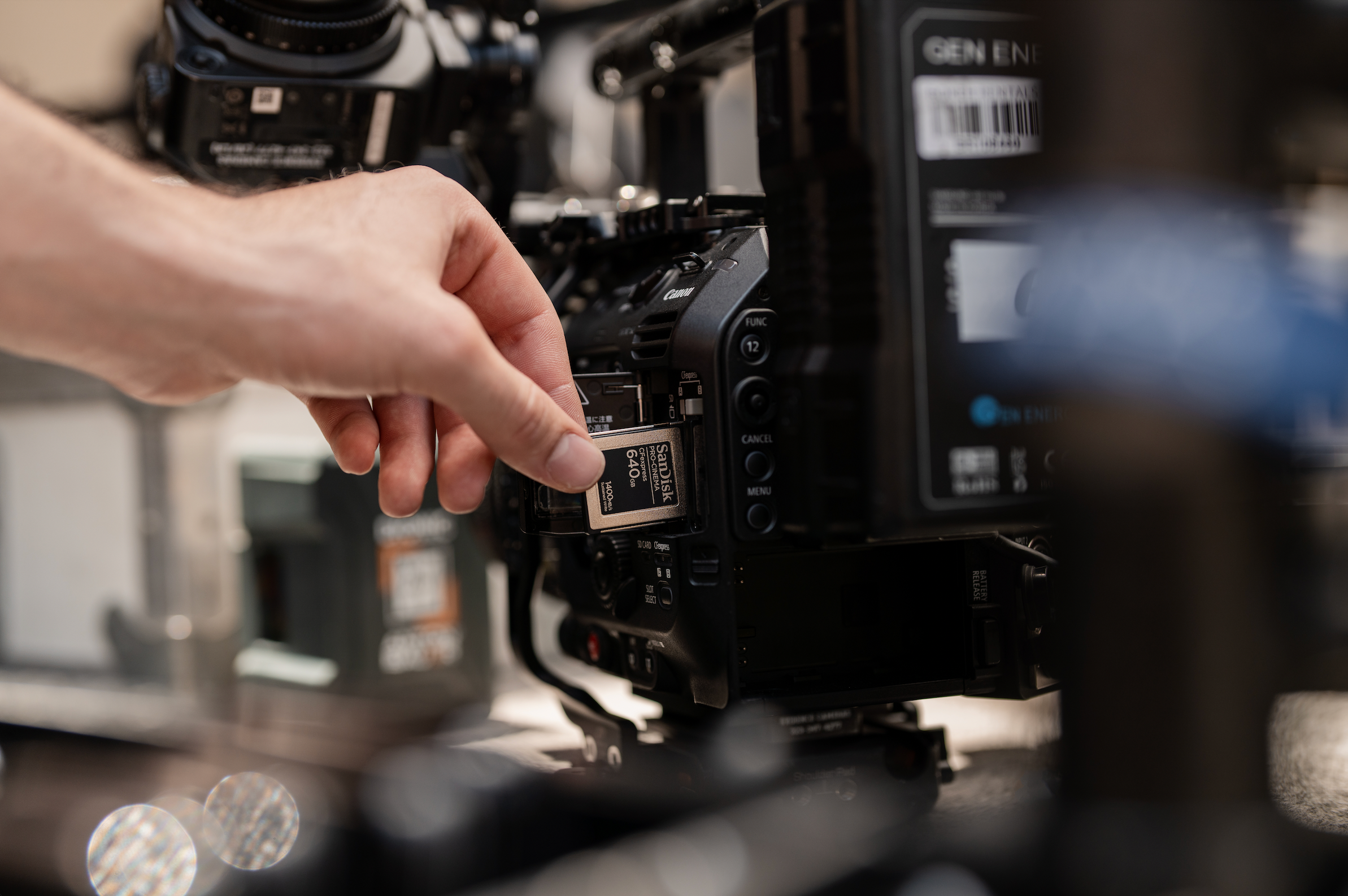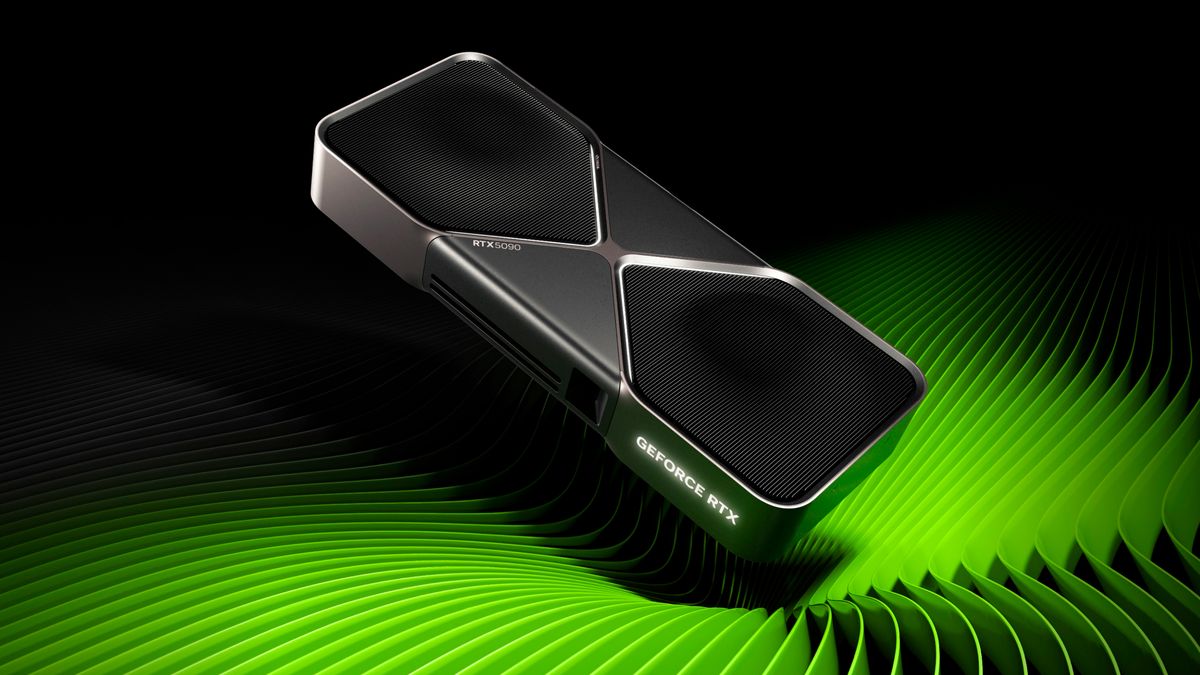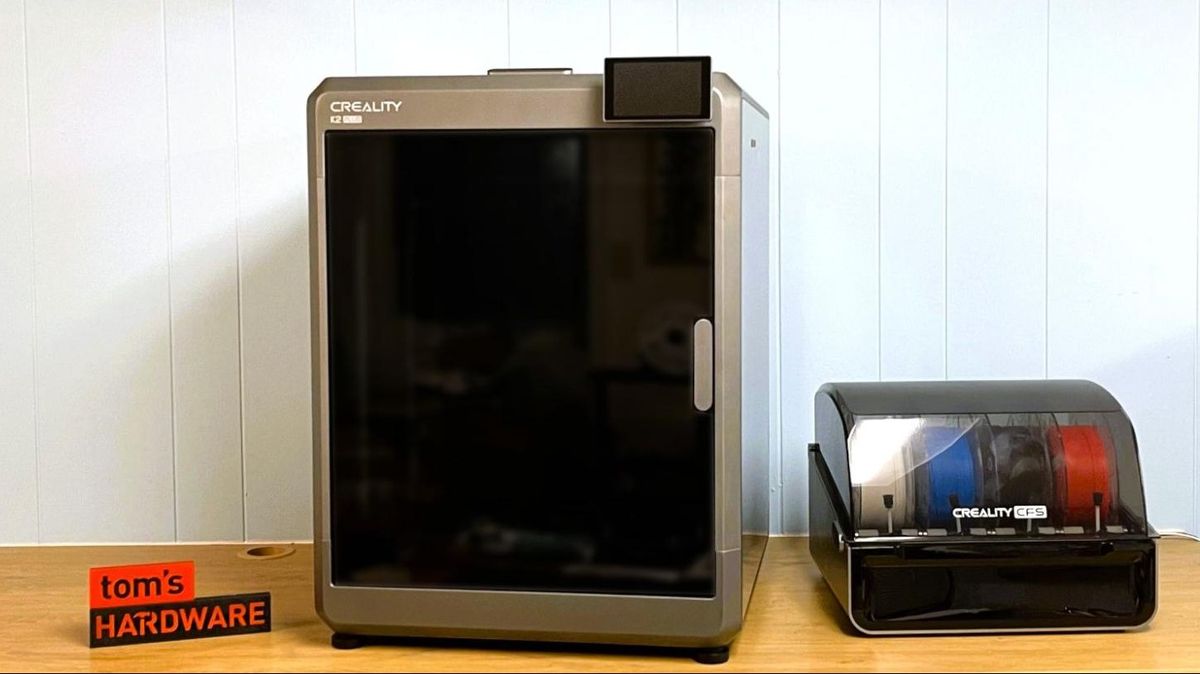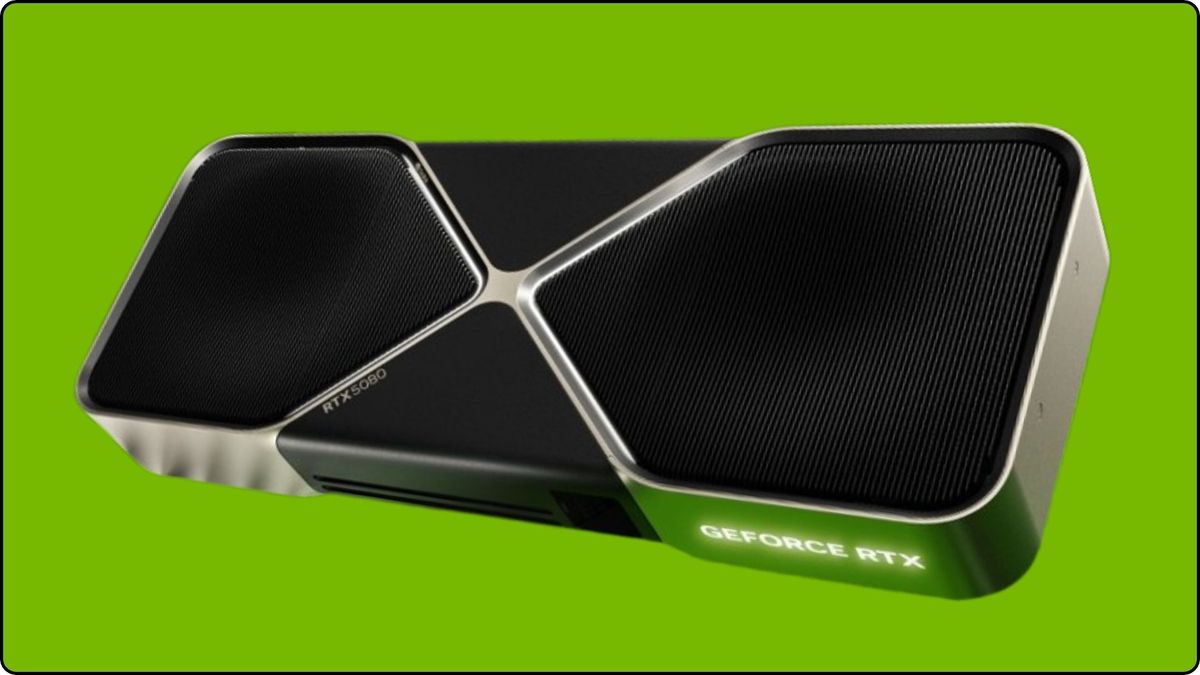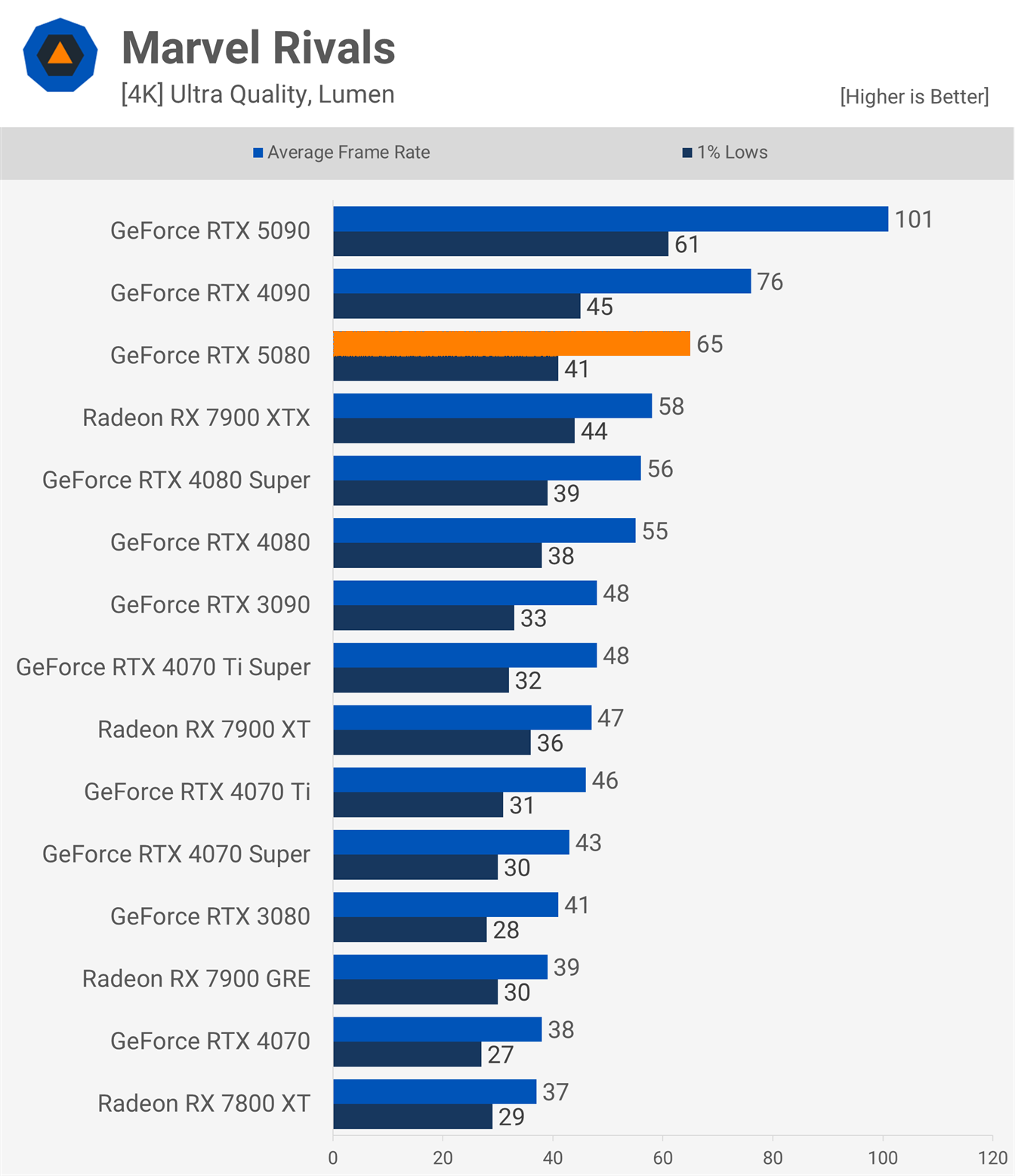Asus ProArt PA32UCDM 4K 240 Hz QD-OLED gaming monitor review: Precision, performance and elegance
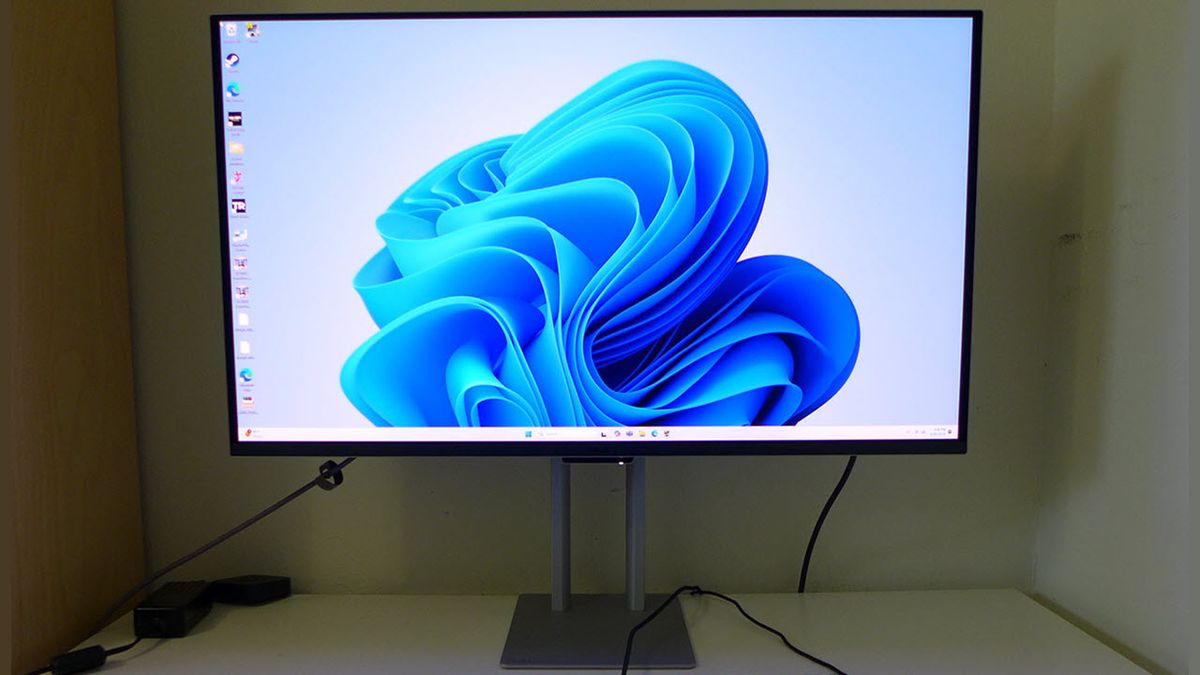
The Asus ProArt PA32UCDM excels in every respect. It’s completely qualified for any creative task and makes for a killer gaming monitor. With perfect color, supreme flexibility and premium video processing, it’s a display like no other.
Pros
- +
Stunning and crisp image with rich color and dynamics
- +
Perfectly accurate color in all preset modes
- +
Supremely flexible for any creative or workday task
- +
Elegant styling with all metal construction and solid build quality
- +
Smooth motion processing and low input lag
Cons
- -
Some tone mapping and color errors noted in HDR mode
- -
No DisplayPort input or headphone jack
Why you can trust Tom's Hardware Our expert reviewers spend hours testing and comparing products and services so you can choose the best for you. Find out more about how we test.
If you’ve ever wondered what’s in a content creator’s toolkit, the list is certainly long, but one requisite item is a reference display. When you’re building virtual worlds or shooting a feature film, it’s essential to have a monitor that delivers precise color and offers the adjustability to cover a multitude of industry standards.
I’ve reviewed professional monitors; however, very few qualify as good gaming monitors. But since games are a big part of content creation, it makes sense that someone should offer a display that can play games at the competition level. Asus has long embraced this philosophy, and I have its latest flagship, the ProArt PA32UCDM. It’s a premium OLED that includes everything needed for content creation and high-end gaming. Let’s look at what is an easy addition to our best OLED gaming monitors list.
Asus ProArt PA32UCDM Specs
Swipe to scroll horizontally
Panel Type / Backlight | Quantum Dot Organic Light Emitting Diode (QD-OLED) |
Screen Size / Aspect Ratio | 31.5 inches / 16:9 |
Max Resolution and Refresh Rate | 3840x2160 @ 240 Hz |
| Row 3 - Cell 0 | FreeSync and G-Sync to 120 Hz |
Native Color Depth and Gamut | 10-bit / DCI-P3+ |
Response Time (GTG) | 0.1ms |
Brightness (mfr) | 250 nits uniform brightness |
| Row 7 - Cell 0 | 1,000 nits variable brightness |
Contrast | Unmeasurable |
Speakers | 2x 3 watts |
Video Inputs | 2x Thunderbolt 4 |
| Row 11 - Cell 0 | 1x HDMI 2.1 |
Headphone | None |
USB 3.2 | 1x Type A, 1x Type C |
Power Consumption | 65w, brightness @ 200 nits |
Panel Dimensions WxHxD w/base | 28.2 x 18.5-23.6 x 9 inches (716 x 470-599 x 240mm) |
Panel Thickness | 1.67 inches (42mm) |
Bezel Width | Top: 0.28 inch (7mm) |
| Row 18 - Cell 0 | Sides: 0.39 inch (10mm) |
| Row 19 - Cell 0 | Bottom: 0.43 inch (11mm) |
Weight | 19.84 pounds (9kg) |
Warranty | 3 years |
Asus starts with a 4K QD-OLED panel that’s 32 inches diagonal (31.5 inches viewable). QD, or Quantum Dots, ensures a large color gamut, and the PA32UCDM covers over 105% of DCI-P3 and 75% of the BT.2020 space. The panel boasts high brightness too, with 1,000 nits from a measured 3% window pattern. You can also maintain uniform brightness with a peak level of 250 nits, perfect for film editing suites and photo production systems.
Accuracy is a hallmark of the ProArt series, and to that end, the PA32UCDM offers color modes that meet every video color spec in use today. That includes sRGB, BT.709, Adobe RGB, DCI-P3 (display and theater), BT.2020 and DICOM for medical imaging. It also covers the full spectrum of HDR standards with HDR10, Hybrid Log Gamma, and Dolby Vision.
Calibration isn’t required but any professional display needs the ability to maintain accuracy and to alter the spec when necessary. The PA32UCDM allows this with a full-featured OSD, or you can use Asus’ ProArt Color Center software with the meter of your choice. It also interfaces with Calman and ColourSpace apps for auto calibration. The parameters generated by these apps can be stored in an internal lookup table to create up to three custom picture modes. All preset modes can be calibrated for a total of 15 possible configurations.
Gaming is a large part of the PA32UCDM’s appeal, with 4K at 240 Hz and a claimed 0.1ms response time. My tests showed it to be one of the quickest 4K OLEDs I’ve encountered. It also includes Adaptive-Sync, though that comes with a minor caveat: it only works up to 120 Hz. Is this a big deal? I did a few extra tests to discover that it is not a problem for gamers. I’ll explain myself on the next page.
Outwardly, the PA32UCDM is one of the most beautiful displays I’ve seen to date. The stand and panel are all metal in construction with textured aluminum all around and a front bezel that’s barely visible. It’s super thin too, just 8mm, not counting the component bulge in the back. The latest interfaces are also included, with an HDMI 2.1 and two Thunderbolt 4, plus USB-C/A.
While some may consider a $1,900 (at this writing) monitor overkill for gaming, you’re looking at a $4,000+ PC to run it at its full potential. Since you’re also getting a reference-level professional display in the process, it’s safe to say that the PA32UCDM offers a lot for the money.
Assembly and Accessories
Asus packs the PA32UCDM in a large, sturdy carton with carefully engineered cardboard protecting the contents, no crumbly foam here. The stand comes out already assembled, all that needs doing is to snap the panel on. Fasteners are included for the 100mm VESA mount if you’d rather use an arm. But to deny oneself that lovely stand would be a crime. The cable bundle includes IEC power for the internal supply plus USB-C, USB-C/A and HDMI. You also get calibration data sheets for all the major color modes.
Product 360

The PA32UCDM is one of the most elegantly styled monitors I’ve seen. The stand is all aluminum with a satin finish and an impossibly small but amazingly stable base. Two vertical pylons house a precise 5.1-inch height adjustment, and you get 5/23 degrees tilt plus a 90-degree portrait mode. There is no swivel here. Moving the panel about imparts a high-end feel more than worth its price point.
The metal body design also helps cool the PA32UCDM’s internals. A graphene film backs the screen for extra heat dissipation. These elements mean no internal fan is needed, so the monitor runs silently at all times.
The screen has a super thin flush bezel that’s just 7mm wide at the top, 10mm at the sides, and 11mm on the bottom. A black trim strip says Asus in tiny letters. The bulge at the bottom houses ambient light and proximity sensors for the PA32UCDM’s panel care functions. It’s also possible to let the monitor change color temperature and brightness to suit the room environment.
In the back, “ProArt” is proclaimed on the component bulge, which is all metal like the screen’s backing. At the top of the stand is an amply sized handle, useful when carrying the PA32UCDM to LAN parties. If you show up with one of these, expect your competitors to be distracted by their envy. You can see the tiny control bit at the bottom of the screen. It includes a joystick, power button, and return key – none are programmable.
The side view shows how thin the PA32UCDM is. The panel portion is just 8mm while the bulge is 42mm (1.67 inches). Sadly, there are no side USB ports, but all is not lost. You’ll find a USB-C and a USB-A on the bottom-facing input panel. You also get two Thunderbolt 4 and an HDMI 2.1. There is no headphone jack, but there are a pair of decent-sounding internal three-watt speakers.
OSD Features
The PA32UCDM’s OSD is loaded with every imaginable feature for content creation. And there are a few gaming bits in there too. It appears when you click the joystick or the left control key.

The PA32UCDM’s operation revolves around its extensive array of precise color presets. There’s no task-oriented terminology here. Every mode conforms to an industry-certified video standard except Native. This makes it super easy to dial up the spec you want. In my tests, I verified that all of them were spot-on, and no calibration was required. I found a few anomalies in the HDR modes, which I’ll discuss on page five.
Every mode can be calibrated in the OSD or by external software like Asus Color Center, Calman or ColourSpace. And there are three additional user modes where you can create custom configurations. HDR comes in every standard currently in use except HDR10+. HDR10 and HLG can be used in either DCI-P3 or BT.2020 modes. And there’s Dolby Vision too which is rarely found on any computer monitor. Each HDR mode has three possible luminance curves, selectable by the user.
For OSD calibration, you can pick from five color temps, including the P3 Theater spec, which is 6300K. There are five gamma presets, and you can adjust RGB gain and offset sliders for even more precision.
To view two video sources at once, turn on either PIP or PBP. The PIP window can appear in any corner of the screen. Each source can display in a different color mode, which is very handy for content comparisons.
The PA32UCDM includes safe area markers when tethered to a video camera. This is handy for directors framing a shot to make sure there’s account taken for titles and other peripheral content. You can also turn on center marker and ruler guides.
Adaptive-Sync is found in the Settings menu and called Rapid Rendering. It tops out at 120 Hz which is unusual, but I found through a few additional tests that this wasn’t an issue after all. If you sustain the framerate at 120fps, there are no frame tears. More on that on the next page.
Here also is the PA32UCDM’s Uniform Brightness feature. When engaged, it limits the peak to 250 nits and doesn’t shift brightness with content. Turn it off and you can hit peaks over 700 nits with a 25% window pattern and 1,000 nits at 3% coverage.
The panel care options are found in the Screen Saver sub-menu. The front-mounted proximity sensor can be turned on to dim the PA32UCDM when the user leaves the workspace. Panel Protection is a pixel orbiter and Image Protection runs a refresh sequence in the background.
Asus ProArt PA32UCDM Setup and Calibration
The PA32UCDM does not need calibration in any of its labeled preset modes. Just pick the color spec you want and go. DCI-P3 allows for changes in color temp between theater and display, and you can pick 2.2 or 2.6 gamma as well. The HDR modes each include three tone mapping curves and there’s Dolby Vision too. The Natural mode is a bit different. It uses a 6500K color temp and 2.2 gamma but also the full color gamut, which is 105% of DCI-P3. This is a great mode for gaming because it’s a little over-saturated, but in a good way. The only other choice to make is whether or not to use Uniform Brightness. When it’s on, the peak is 250 nits. Turn it off and peaks can top 1,000 nits. My preference is to have it on for SDR content and off for HDR, so you get extra punch from highlights and bright colors. Here are brightness settings for commonly used output levels.
Swipe to scroll horizontally
Picture Mode | Native |
Uniform Brightness | On |
Brightness 200 nits | 284 |
Brightness 120 nits | 141 |
Brightness 100 nits | 116 |
Brightness 80 nits | 91 |
Brightness 50 nits | 55 (min. 23 nits) |
Gaming and Hands-on
Since the PA32UCDM is a fully capable gaming monitor, I wanted to review it as such, and compare it to other 4K 240 Hz OLEDs. But I also spent time evaluating its professional features. The selectable color modes are awesome for ensuring you’re always seeing the right colors. SDR content matches well with the Rec.709 mode. Photo editing can be accomplished using sRGB and Adobe RGB. For HDR10 and Dolby Vision, those modes provide a great look to the material, but I noted some color anomalies and black crush, which I’ll show you in my tests on page five.
Gaming was my primary focus, and the PA32UCDM excels there. The limit of 120 Hz for Adaptive-Sync was a non-issue since I could easily top 200fps with a GeForce RTX 4090-based PC. Motion processing doesn’t need any extra help to be smooth and responsive, and I observed very low input lag.
The PA32UCDM is one of the best OLEDs I’ve encountered as a gaming monitor. It’s super quick and completely free of motion blur. You’ll want a GeForce RTX 4090 or equivalent to maximize the frame rate. Over 200fps, the detail in moving objects and backgrounds is crisp and clean. Textures abound with a tactility that only a premium OLED can achieve.
I noted some HDR tone-mapping issues during testing and was able to see them in the familiar maps of Doom Eternal. Shadow detail wasn’t always visible in dark areas, but I could compensate by using the game menu’s HDR adjustments, which let the user change shadow, highlight and color parameters. This also helped restore some red detail, which had been hard to see.
Gameplay was incredible with an ease and comfort most monitors can’t match, even other OLEDs. The differences are subtle, but I could tell when hours had passed that seemed like minutes. The PA32UCDM is completely addictive.
For workday tasks, the PA32UCDM is an impressive tool. Color grading is easy when you can just change to the right mode, and it’s already spot-on. For SDR, I kept Uniform Brightness on and set the peak to 200 nits. This was an ideal level for long work sessions, which were free of fatigue. HDR benefited from variable brightness, and I cranked the peak up to maximum for the most impact. It too was not fatiguing but rich, colorful and dynamic.
Takeaway: From a hands-on perspective, the PA32UCDM may seem like overkill for gaming but it’s so beautifully built and styled that you can’t ignore its appeal. There are less expensive premium OLEDs out there, but they won’t have the color precision and flexibility found here. The PA32UCDM is about doing everything well and it succeeds at the highest level in every endeavor.
MORE: Best Gaming Monitors
MORE: How We Test PC Monitors
MORE: How to Buy a PC Monitor

Christian Eberle is a Contributing Editor for Tom's Hardware US. He's a veteran reviewer of A/V equipment, specializing in monitors. Christian began his obsession with tech when he built his first PC in 1991, a 286 running DOS 3.0 at a blazing 12MHz. In 2006, he undertook training from the Imaging Science Foundation in video calibration and testing and thus started a passion for precise imaging that persists to this day. He is also a professional musician with a degree from the New England Conservatory as a classical bassoonist which he used to good effect as a performer with the West Point Army Band from 1987 to 2013. He enjoys watching movies and listening to high-end audio in his custom-built home theater and can be seen riding trails near his home on a race-ready ICE VTX recumbent trike. Christian enjoys the endless summer in Florida where he lives with his wife and Chihuahua and plays with orchestras around the state.
What's Your Reaction?
 Like
0
Like
0
 Dislike
0
Dislike
0
 Love
0
Love
0
 Funny
0
Funny
0
 Angry
0
Angry
0
 Sad
0
Sad
0
 Wow
0
Wow
0




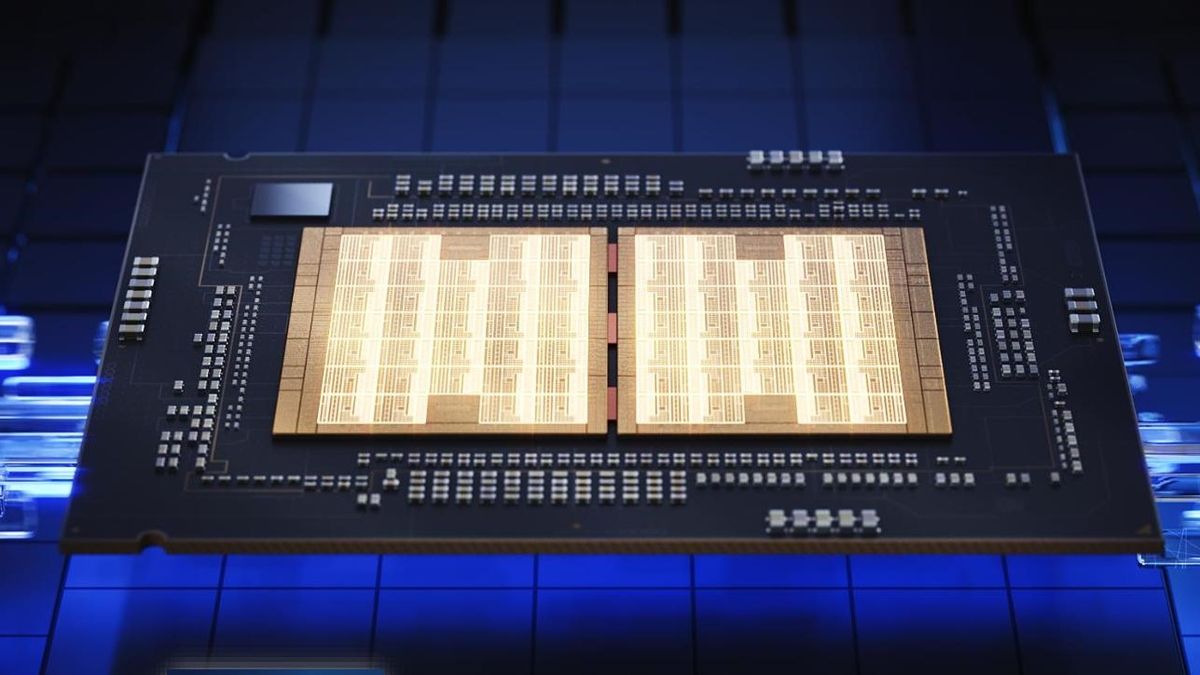
:quality(85):upscale()/2025/04/04/906/n/1922153/36cdb2db67f0450a7697e9.58921428_.png)
:quality(85):upscale()/2025/04/04/774/n/1922153/4a9da8ef67f018411c24b9.24012932_.jpg)
:quality(85):upscale()/2025/04/04/858/n/49352476/1fe3cc4967f034ad6307f5.02927466_.jpg)
:quality(85):upscale()/2024/07/01/865/n/1922794/31b34f5c6683079fafdc56.00956289_.png)
